Lucy Haldon Reveals New Workout For Perfect Abs
Lucy Haldon's abs are on fire! In a new social media post the swimmer-turned-fitness pro and founder of My Coach app shows off her amazing body while sharing details about her recent workout. "Solid/hard/hot/sweaty 10 days of training & werkkkkkin in the bag 🤝🏼Lots of work to do but you know what is a MUST with any goal?? Actually ENJOYING IT. I feel so many people forget to enjoy the process of actually just doing the thing you set out to do?? I am v v excited to dive into a new training block (boxes of 60km running + 3 additional sessions this week wooooo!!), new business goals going into feb/march which seem scary af atm, new personal goals, all with the overriding thing to enjoy the process!!" she captioned the Instagram post.
Overcoming an Eating Disorder
Lucy, who swam in college, struggled with an eating disorder for years. "When I quit swimming, all I thought about was numbers – how much I ate, how much I weighed and how many gym sessions I could fit in a week," she told The Sun. "I became obsessed with keeping my weight as low as possible – even though I was already tiny," she continued. "I'd still see myself in the mirror and think I needed to lose more fat. I'd be working out nine times a week, barely eating in the daytime before binging at night, and obsessively counting my calories."
Related: Which Pasta is Best for Weight Loss?
Balance
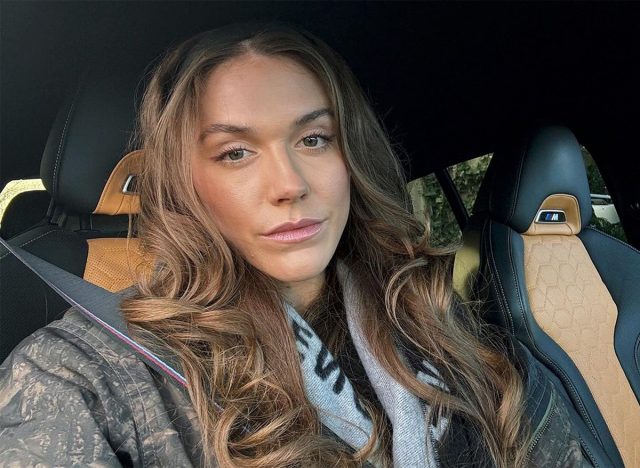
In 2016 she turned things around. "I started to learn it's all about getting the balance – rather than labeling 'good' foods and 'bad' foods," she said. She now consumes closer to 2,000 calories per day. "I've realized food isn't the enemy and it's ok to eat things you enjoy."
Daily Workouts
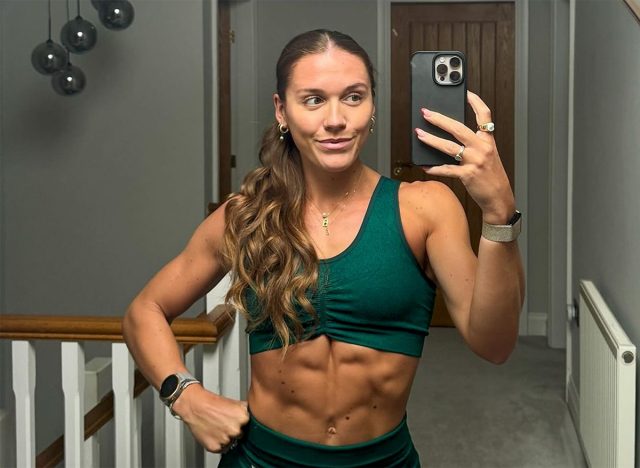
Lucy incorporated daily workouts into her routine. "I also started going to the gym just six times a week, which was a big moment for me," she said. "I realized you can enjoy exercise instead of using it as a punishment." She said: "Now, I do exercise because I love it and I don't restrict what I eat."
Related: Meggan Grubb Reveals "Leg Day" Workout
Fasted Workouts
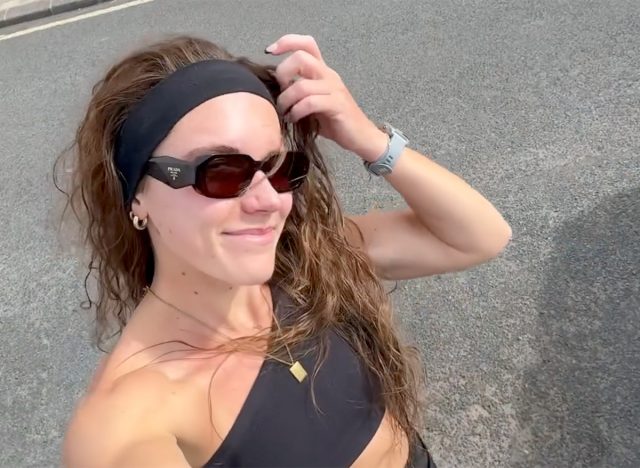
"I don't practice intermittent fasting, I just don't eat before a lot of my training sessions. I pretty much just eat straight after. I have different criteria when I'll eat before a run," Lucy told My Protein. "If I've got a hard moderate-fast run where I think I'll need a little more energy because I'm exerting so much because I'm going so much faster, I might have like half a bagel. If I'm doing a hard half marathon, I'll have a full bagel with peanut butter. If I'm doing any run over 25k, I'll also have a bagel and maybe a banana. That's kind of just how I do it when I'm doing a training session, I won't really eat anything. It kind of depends on the session and how I feel. It's just something that I've always done. I need quite a lot of food, it's just that I'm not hungry in the morning."
Supplements
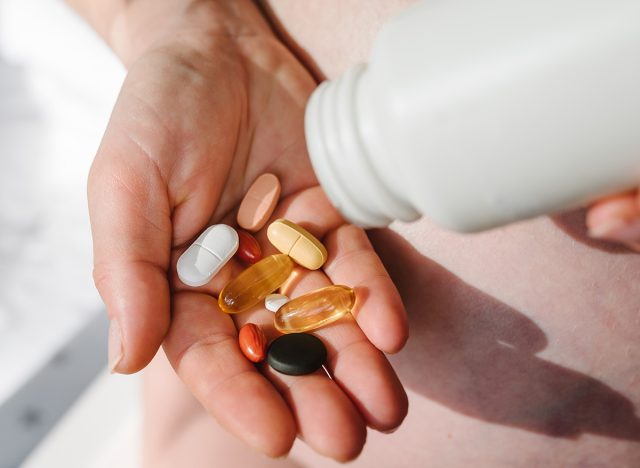
Lucy detailed her supplement stack to My Protein. "The first one is glucosamine HCL, basically joints. Then we have retinol and biotin, that's for hair, skin, and nails. And then I have iron and folic acid, and 5-HTP. They are the supplements I take with my breakfast. They are my go-tos," she said.
Related: 5 Essential Ways to Build Muscle From a Nutritionist
Nourishing Food
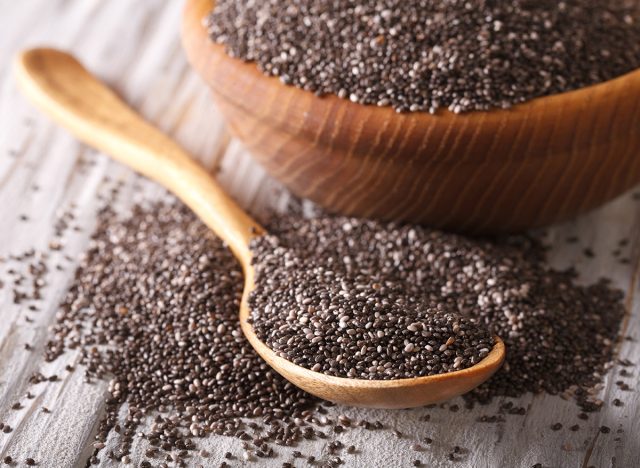
For breakfast Lucy eats granola, chia seeds, slices of fresh fruit, cinnamon, oat milk, and her favorite biscuit spread. "I absolutely love having a balanced diet. There's no bad food and good food, it's just food. Everything in moderation. I enjoy healthy food and feeling good in myself, but I also have a lot of non-nutritionally dense food. You have to find balance to have a positive and strong relationship with food. You have to find a healthy balance," she says. Lunch might be rice, tuna, cheese, avocado, and soy sauce. For dinner, she might eat the same thing she has for breakfast.
💪🔥Body Booster: If counting calories isn't working for you, try not to. Sometimes shifting your mental thoughts about food and avoiding obsessive thoughts about it can be a game-changer.





